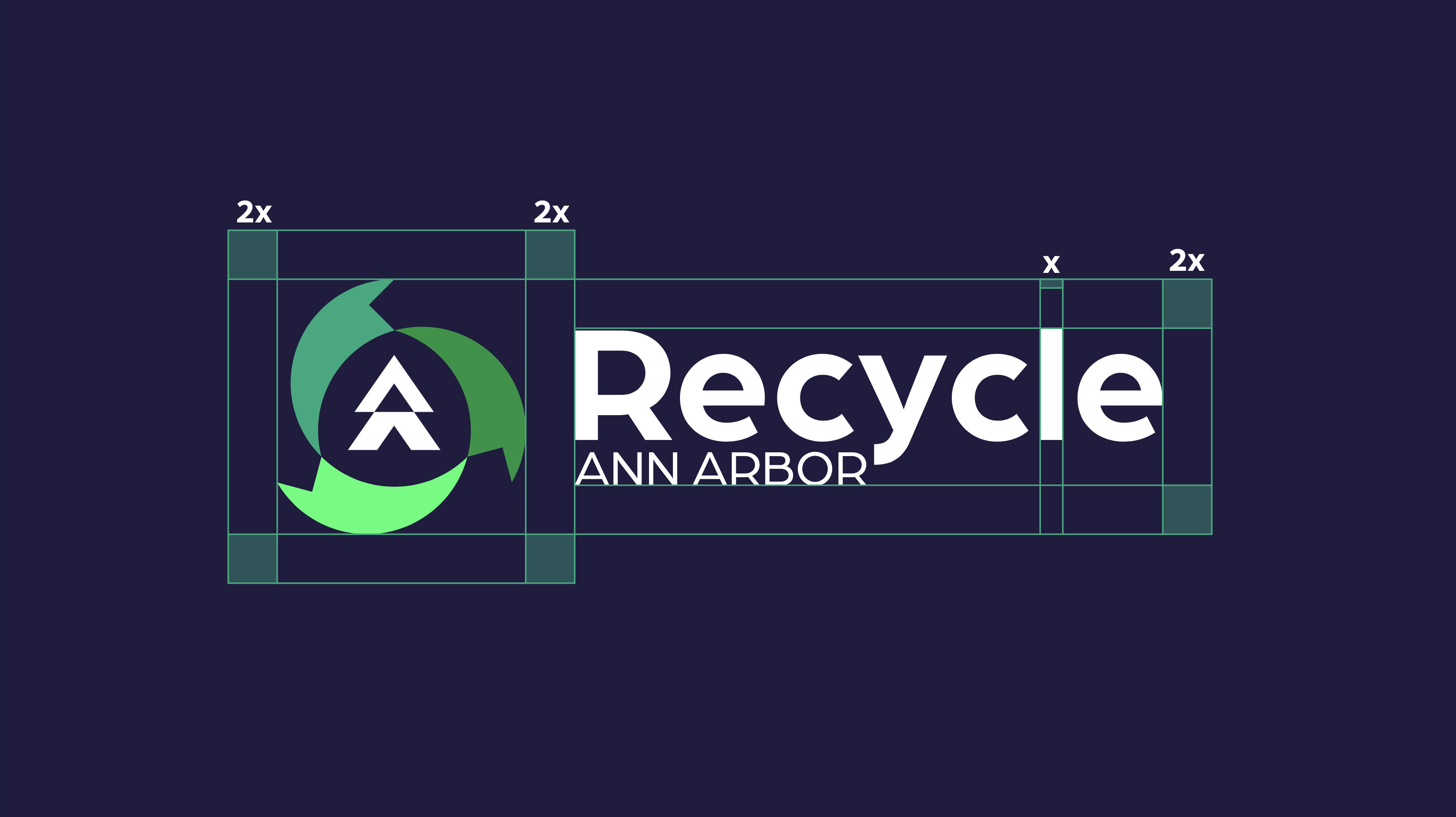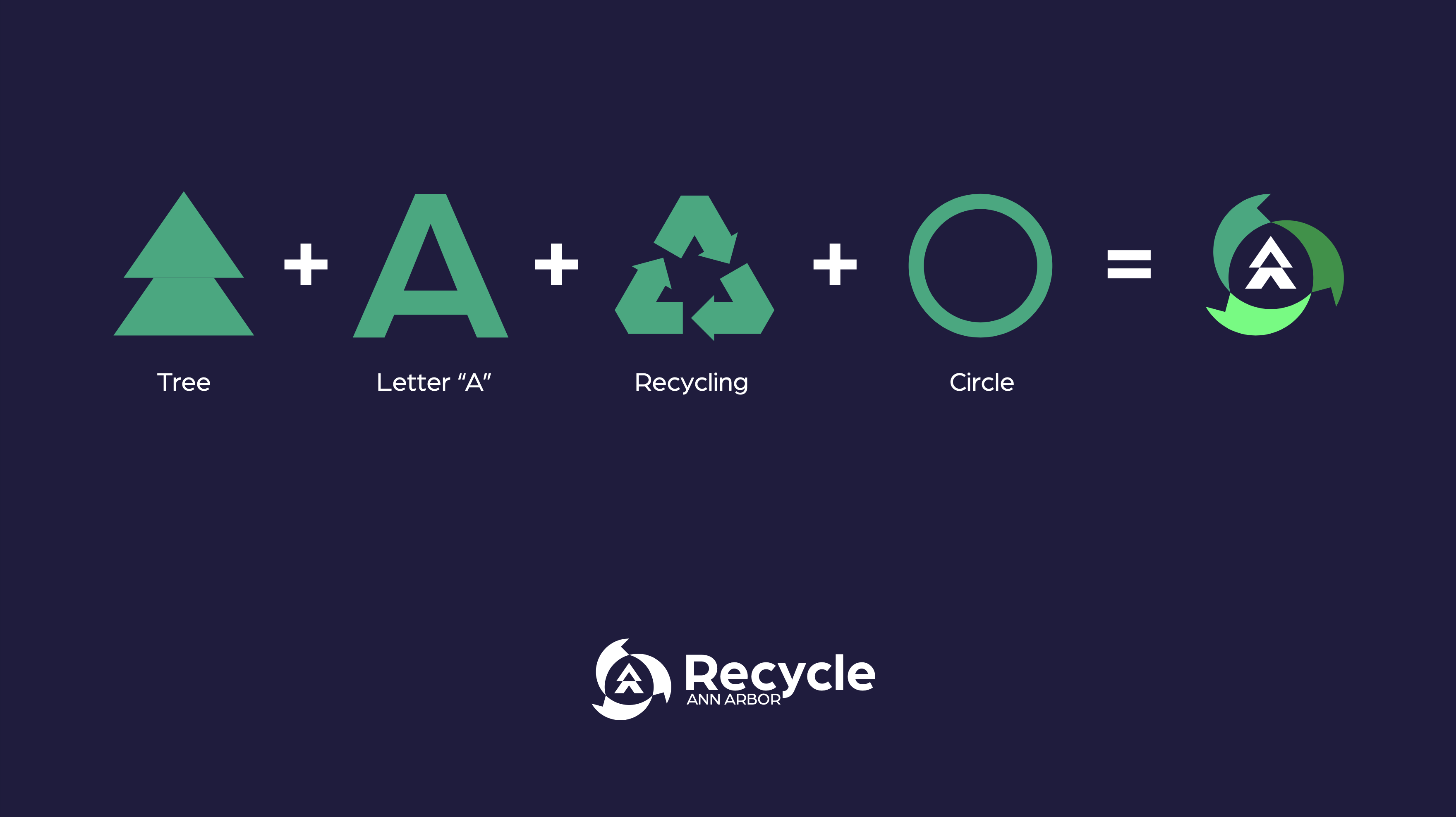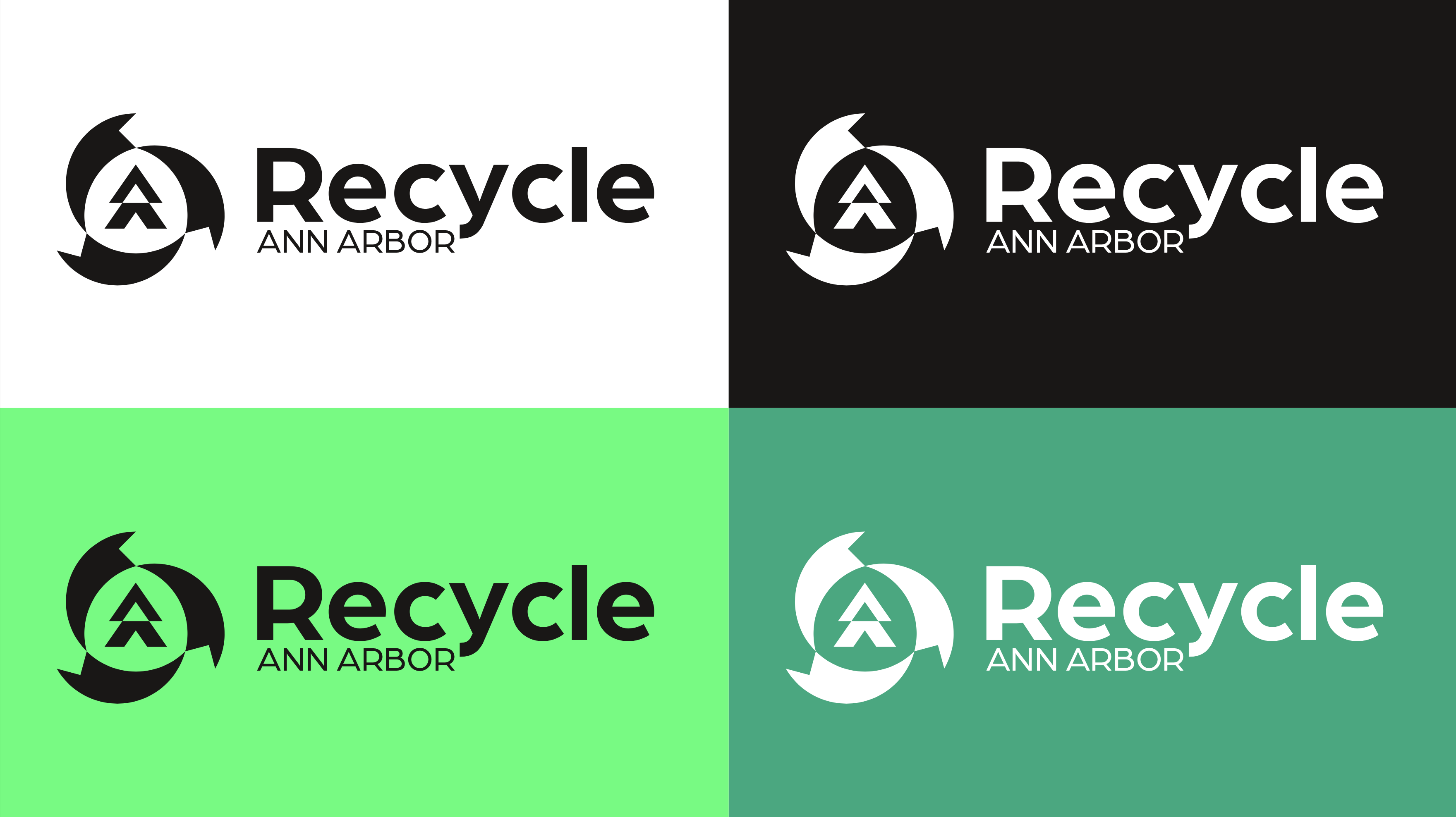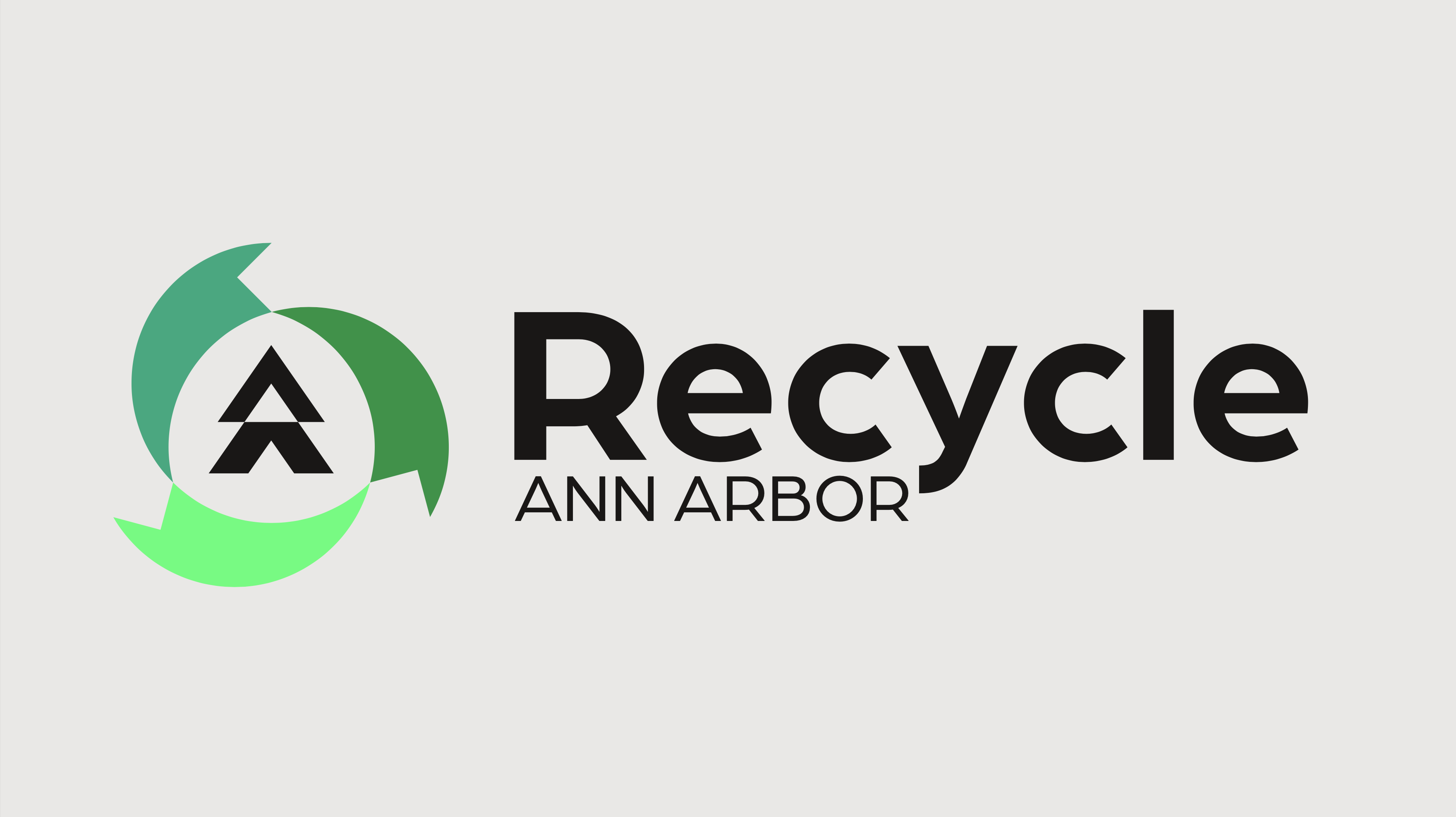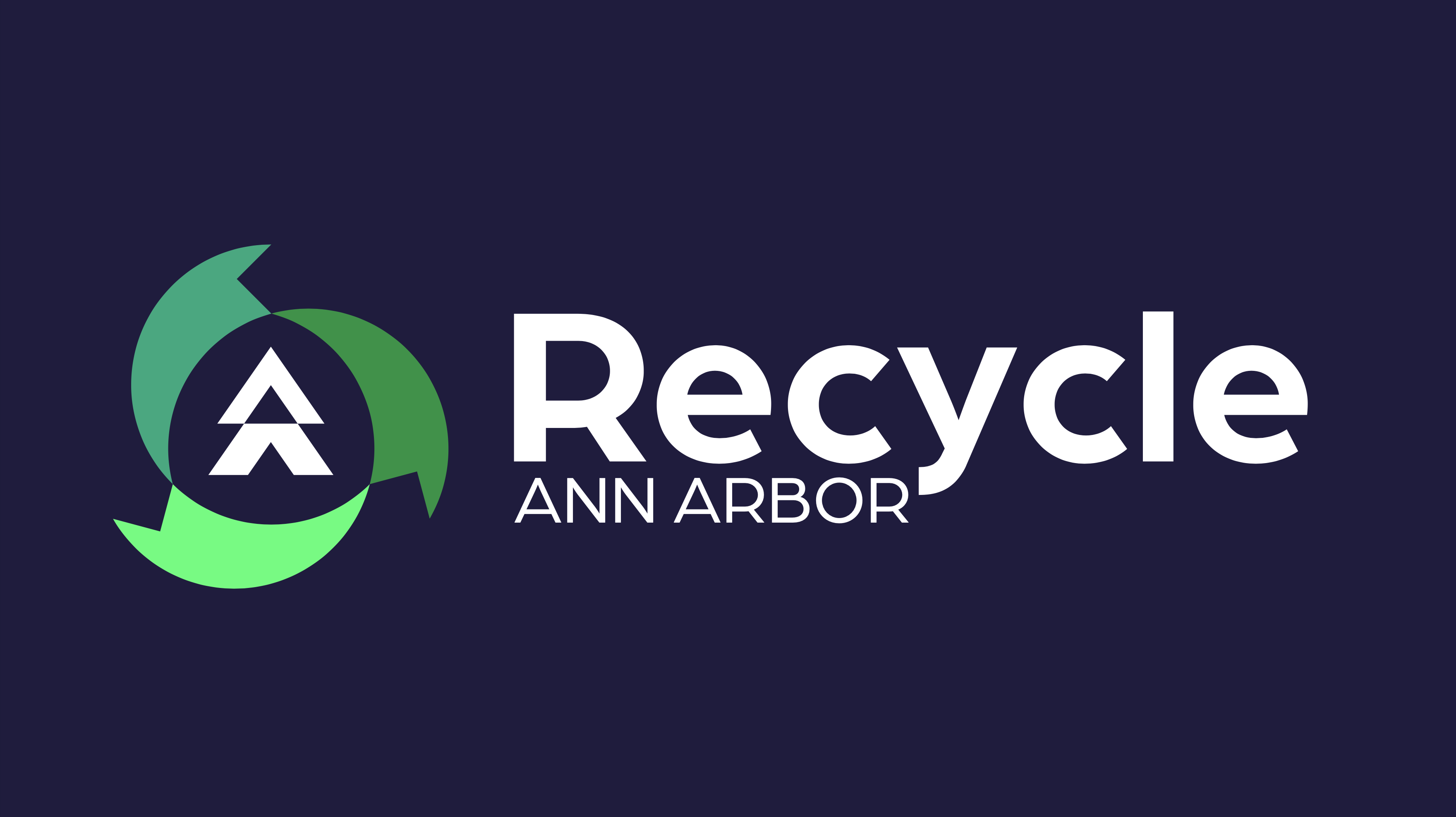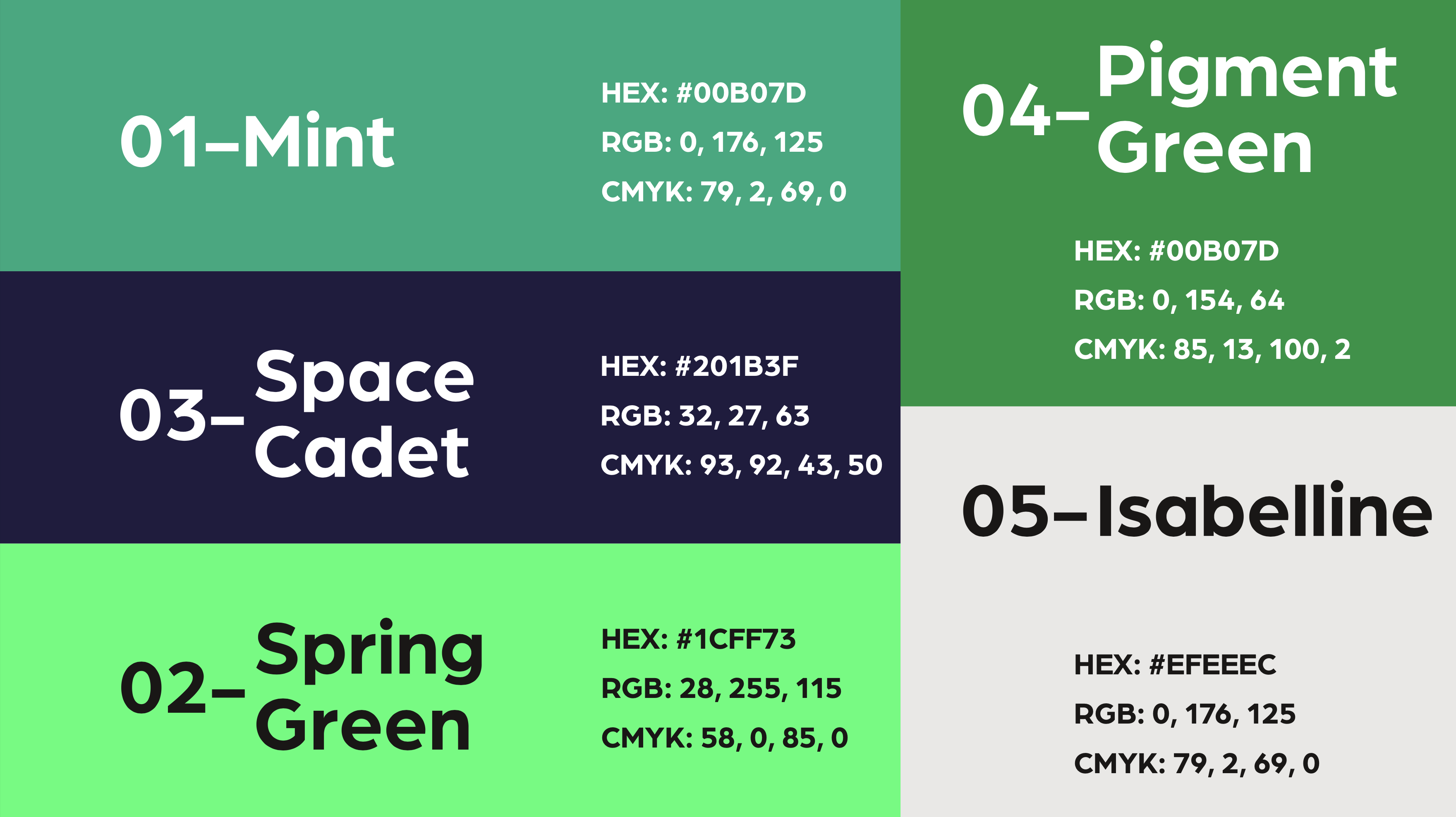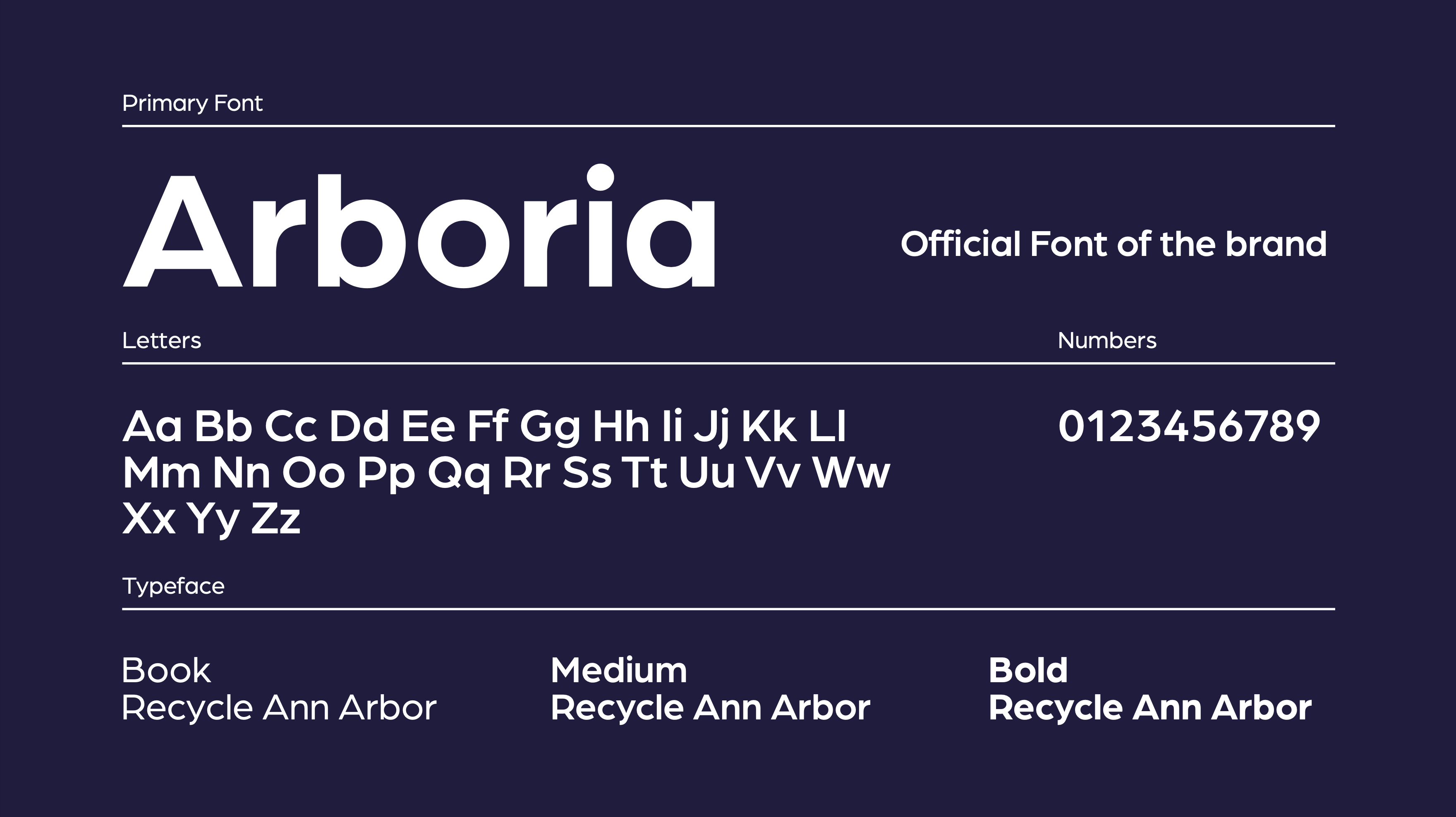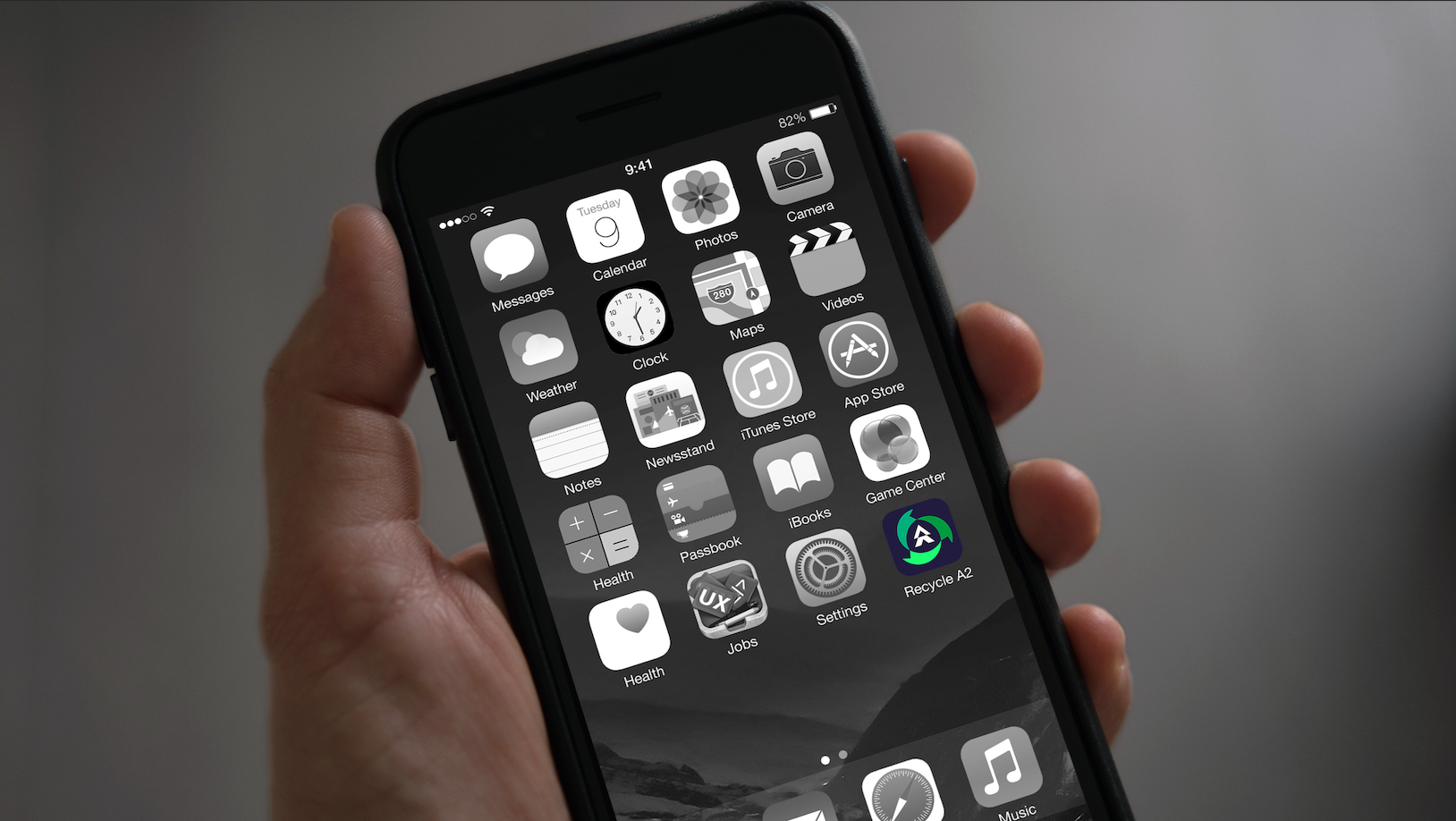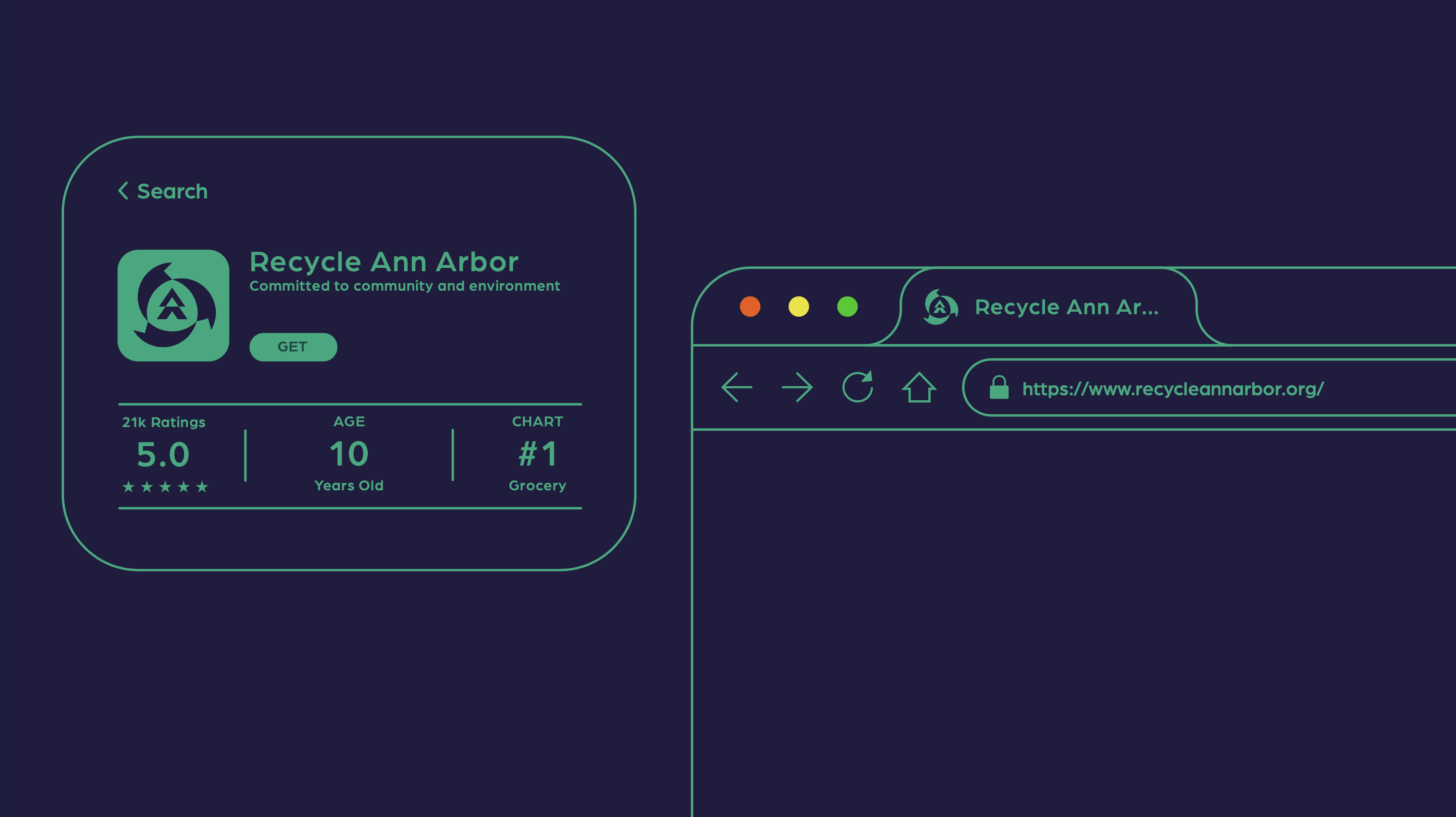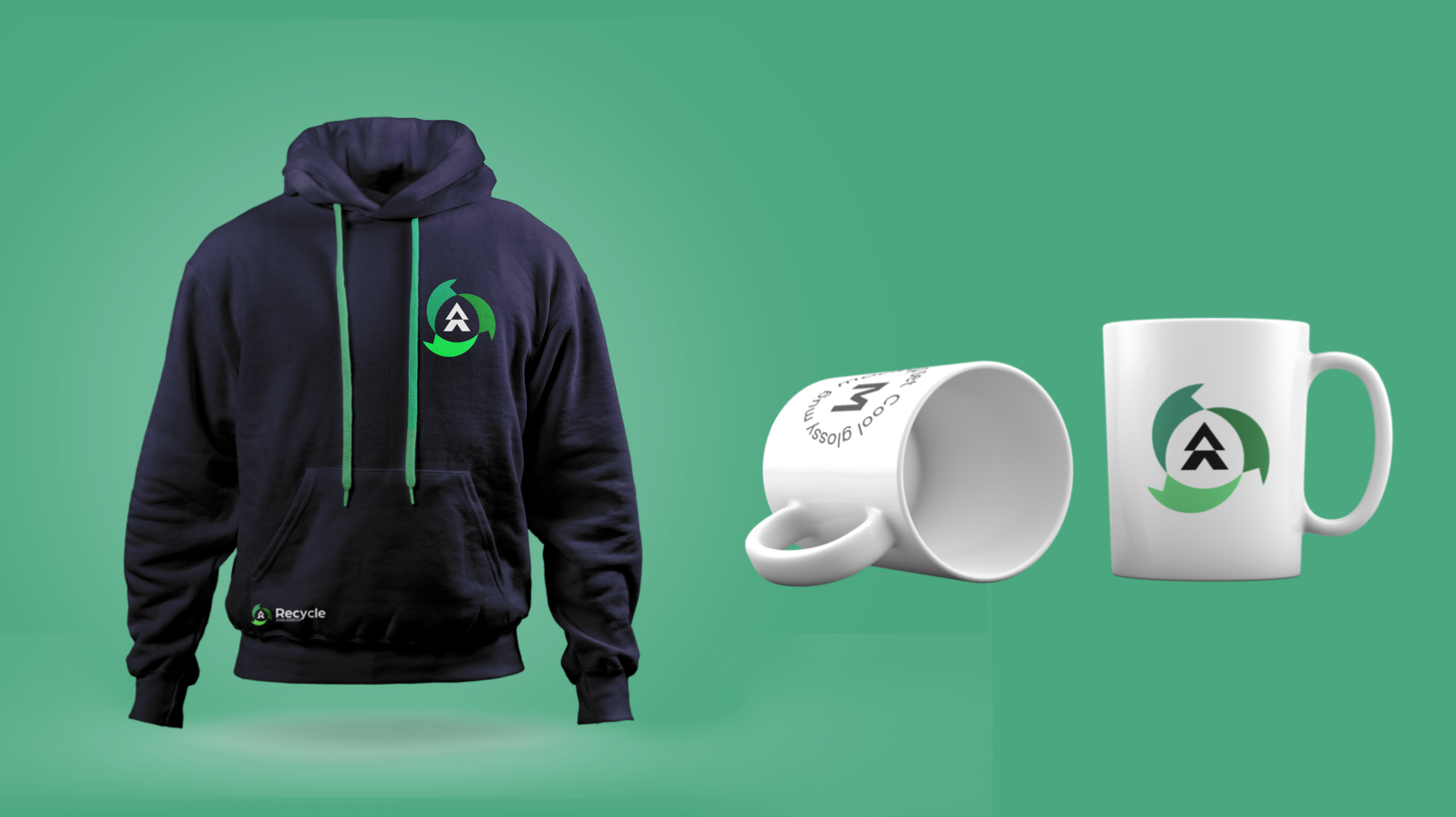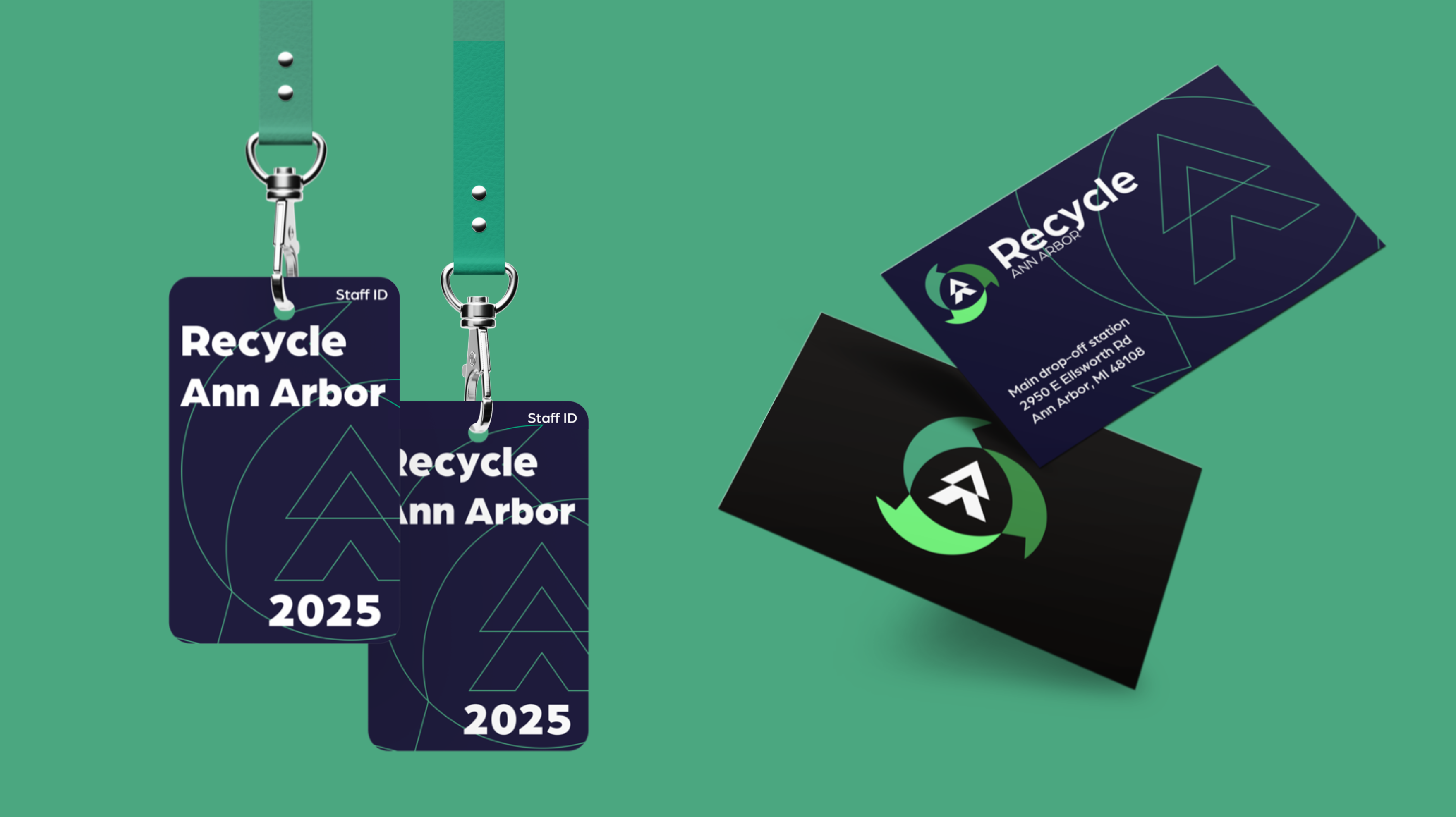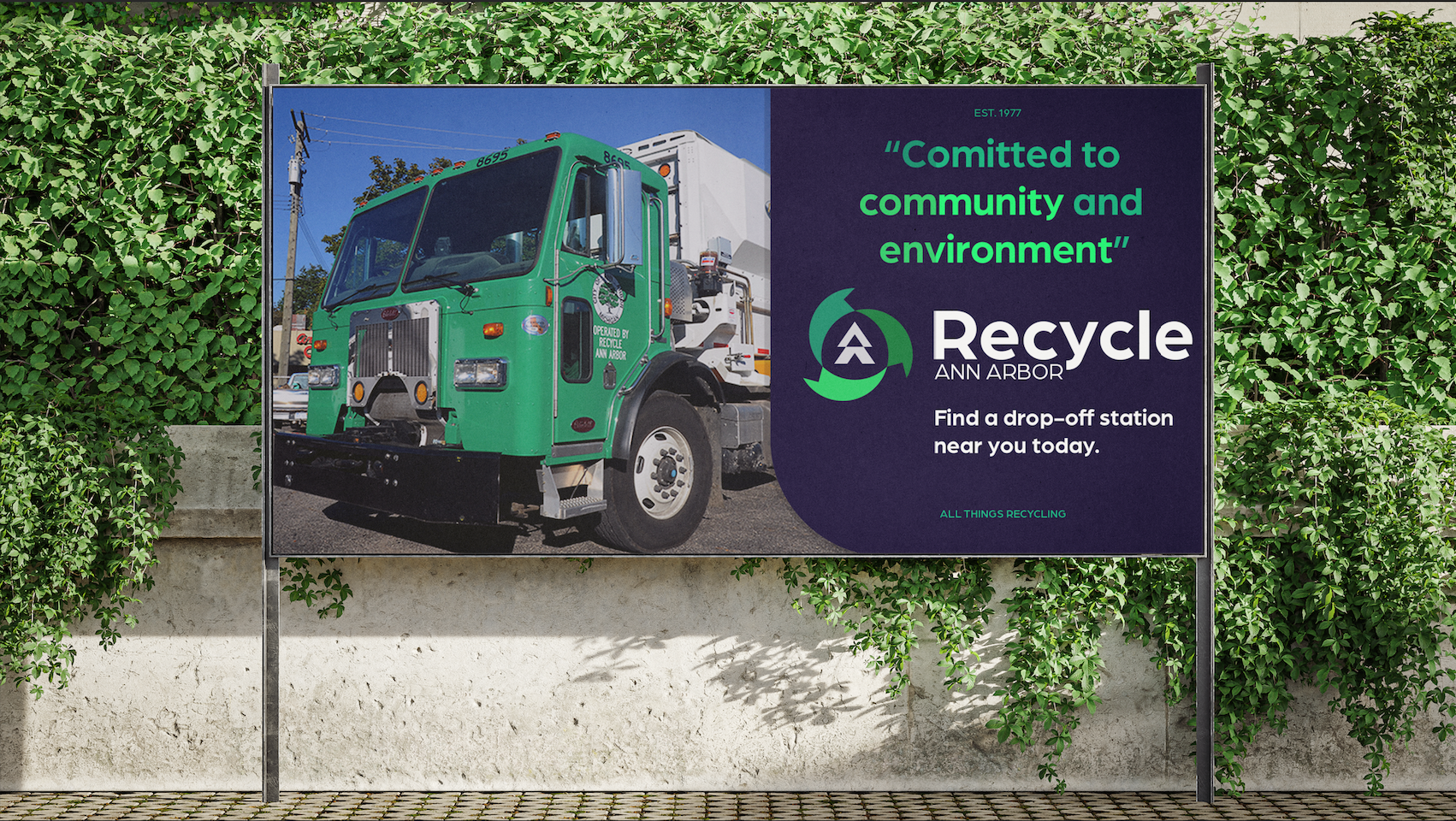OVERVIEW
Brief
Recycle Ann Arbor is a nonprofit environmental organization dedicated to innovative recycling, reuse, and zero-waste solutions in the Ann Arbor community.
Recycle Ann Arbor is a nonprofit environmental service organization based in Michigan. With a mission to develop and operate innovative reuse, recycling, and zero-waste programs, the organization has served the community for decades through curbside pickup, drop-off stations, education, and advocacy. Despite their impact and reputation, their visual identity had not kept pace with the evolving design landscape or effectively reflected the progressive values at the heart of their mission.

